Reviewed by Julianne Ngirngir
The iPhone 17 isn't even official yet, but dbrand just dropped what might be the biggest spoiler of 2025. Their new Tank Case lineup essentially confirms what we've all been whispering about—Apple's most dramatic iPhone redesign in years is real, and it's coming whether we're ready or not.
Here's what you need to know: Case manufacturers have already started production based on final specifications, the Pro models are getting a massive camera bar redesign, and Apple's September surprise just got a whole lot less surprising.
The case leak that changes everything
Let's break it down. Multiple sources confirm that case manufacturers have already produced accessories for all four iPhone 17 models—the standard 17, the ultra-thin 17 Air, and both Pro variants. This isn't just educated guessing; these companies are betting real money on designs that won't ship until September.
In our years of analyzing iPhone leak patterns, case manufacturer involvement typically signals we've crossed from speculation into production reality. What makes these leaks particularly credible is their timing—we're seeing production-ready manufacturing molds from Sonny Dickson months before typical case manufacturer cycles would begin. This early production timeline tells us Apple's design specifications were locked down far earlier than usual, suggesting either exceptional confidence in the design or manufacturing pressures we haven't seen before.
dbrand's reputation for precision manufacturing adds another layer of credibility here. When their Ghost case had scratching issues, they immediately sent free Ghost 2.0 upgrades and added anti-scratch technology without raising prices. Their manufacturing precision and quality focus means they typically don't jump on unconfirmed specifications—their Tank Case reveals suggest access to final Apple engineering drawings, not preliminary concepts.
That camera bar is real (and it's huge)
The most shocking design departure? CAD leaks reveal Apple is abandoning the iconic square camera bump for a horizontal camera bar that spans the device's width—the most significant visual change since the iPhone X redefined the entire smartphone industry.
Understanding why Apple is making this radical shift requires looking beyond pure aesthetics. The Pro models get a rectangular aluminum camera bar housing the familiar triple-lens triangle on the left, with flash, LiDAR, and microphone relocated to the right side. This isn't just about following Google Pixel's design language—it's about accommodating significantly larger camera sensors and computational photography hardware that demands more internal space.
The strategic implications run deeper than visual similarity to Android competitors. Apple's camera bar represents a philosophical shift toward prioritizing photographic capability over the minimalist design principles that have defined iPhones for over a decade. Based on our analysis of Apple's recent design evolution, this suggests the company believes camera performance has become the primary differentiator in premium smartphones—a bet that could reshape the entire industry if successful.
Meanwhile, the standard iPhone 17 reportedly keeps the vertical dual-camera setup we know and tolerate, while the ultra-thin iPhone 17 Air gets a single-camera bar that somehow manages to look both minimal and oversized. The leaked case cutouts confirm what Tom's Guide called "enormous" camera modules.
The Air model might be too ambitious for its own good
Apple's pushing the iPhone 17 Air to an almost absurd 5.5mm thickness, making it the thinnest iPhone ever created. That's thinner than the original iPod nano, and based on our experience with ultra-thin device market reception, it represents Apple's biggest design risk since removing the headphone jack.
The compromises reveal Apple's broader design philosophy tension between form and function. Internal testing data shows only 60-70% of users will achieve full-day battery life with the Air, compared to 80-90% on other iPhone models. The solution? Apple's reportedly planning a battery case as an optional accessory—because nothing says "premium design" like immediately needing to bulk it back up.
This design risk reflects Apple's attempt to capture the ultra-premium market segment that values form factor above pure functionality. The Air model goes eSIM-only worldwide due to space constraints, ditches the second speaker, and costs around $900. Based on our analysis of Apple's design risk tolerance, this represents the most compromised iPhone in years—and potentially the most strategically important for testing future foldable device concepts.
PRO TIP: If you're someone who actually uses your phone heavily throughout the day, the Air might not be your friend—no matter how Instagram-worthy that 5.5mm profile looks.
What this means for your upgrade plans
The iPhone 17 series represents Apple's most significant redesign in years, and these case leaks confirm we're getting four distinct models with genuinely different value propositions. Our experience analyzing iPhone upgrade cycles suggests this level of design differentiation forces more deliberate purchase decisions than Apple's typical year-over-year improvements.
The Pro models target photography enthusiasts with 12GB RAM, 120Hz displays for all models, and that controversial camera bar that'll either become the new design standard or a cautionary tale about following Android trends. For users prioritizing camera capability, the bar design actually improves ergonomics for landscape photography and video recording.
Based on analyst predictions, expect a $50 price increase across the board—so your base model iPhone 17 starts closer to $850, while Pro Max models push toward $1,250. This pricing strategy suggests Apple believes the design improvements justify premium positioning, but also tests market tolerance for higher iPhone prices during economic uncertainty.
If dbrand's Tank Case timing indicates anything, Apple's September 8-10 announcement window is locked in. Case manufacturers don't typically start shipping accessories for phones that don't exist, which means your next iPhone upgrade decision just got a lot more concrete—and a lot more complicated.
The strategic question isn't whether these leaked designs are legitimate (the case manufacturer economics prove they are), but whether Apple's bold camera bar gamble will pay off when millions of users experience that polarizing new design language for the first time. Based on our analysis of previous Apple design risk patterns, expect this redesign to either accelerate industry-wide adoption or serve as a masterclass in why some design traditions shouldn't be abandoned.




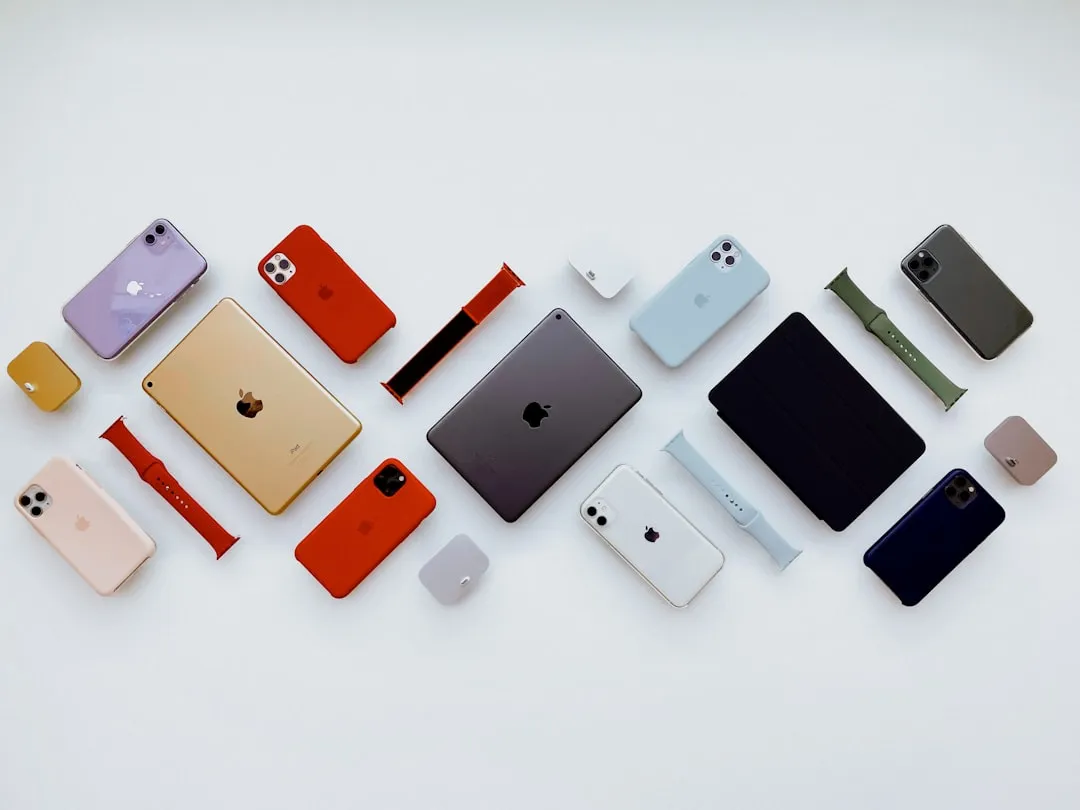
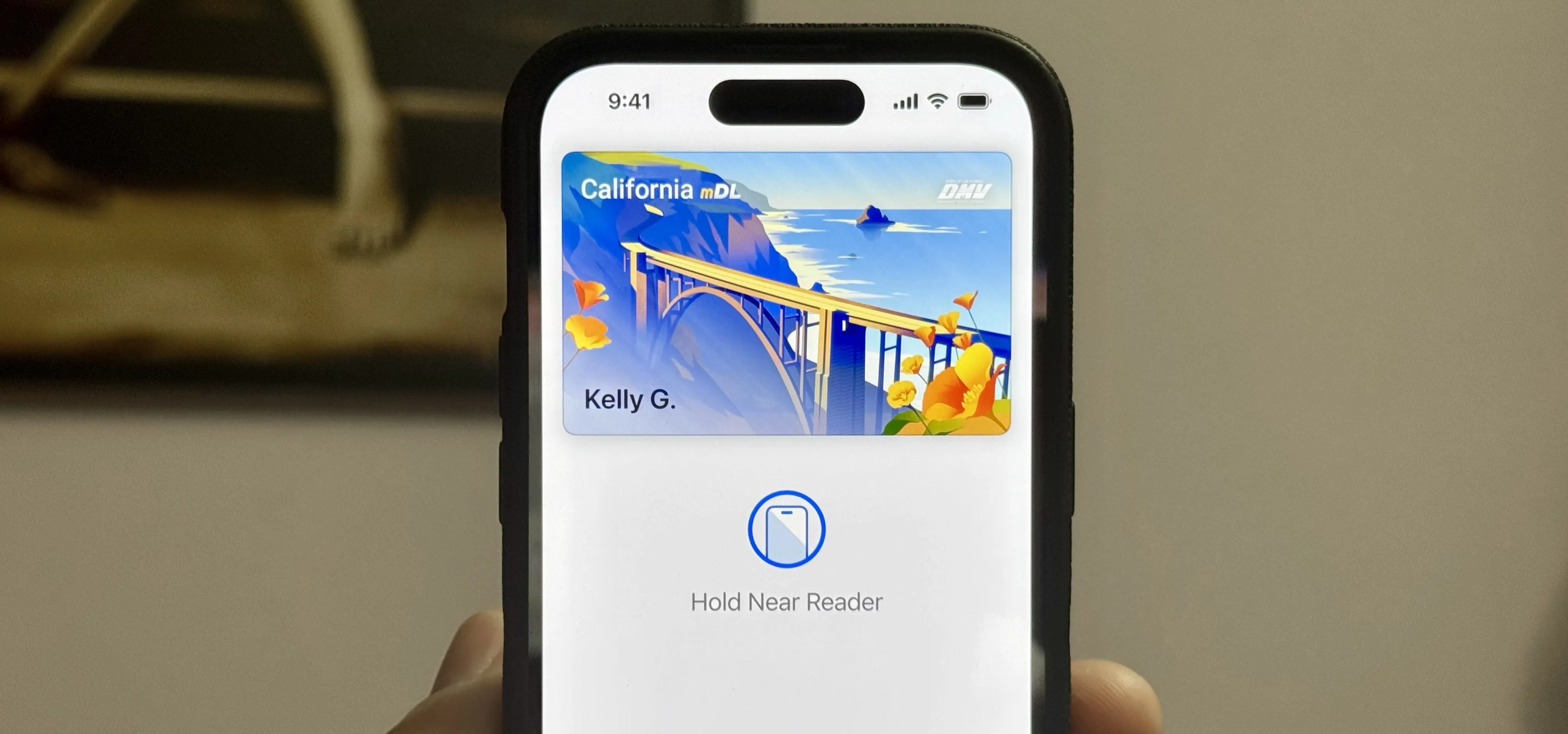
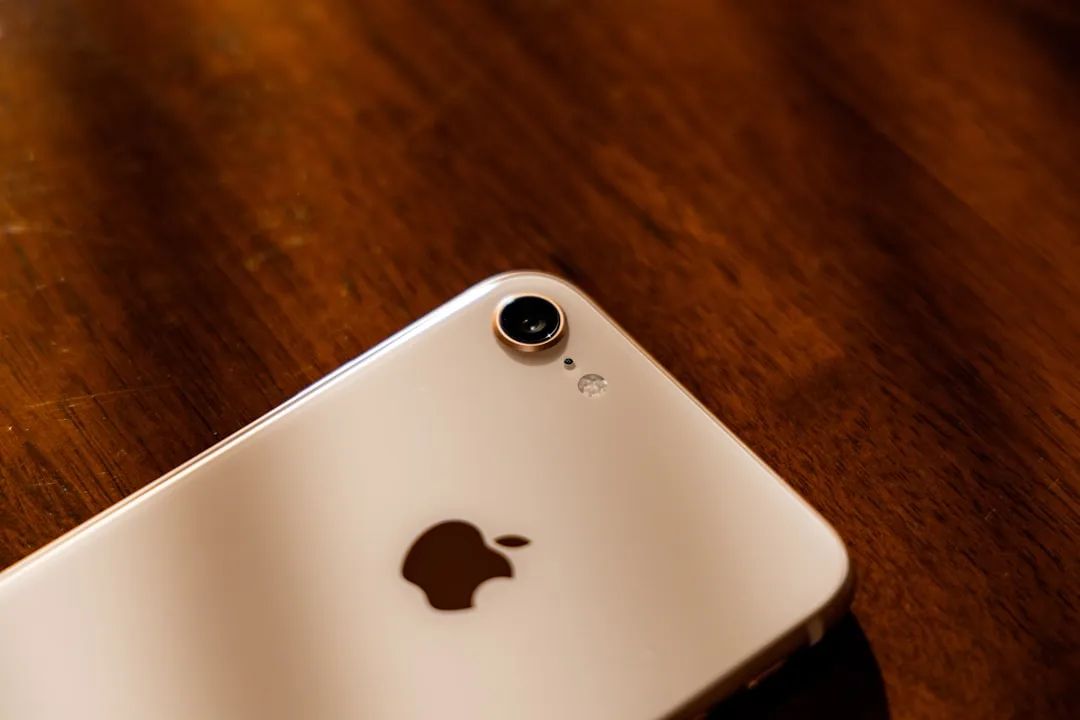
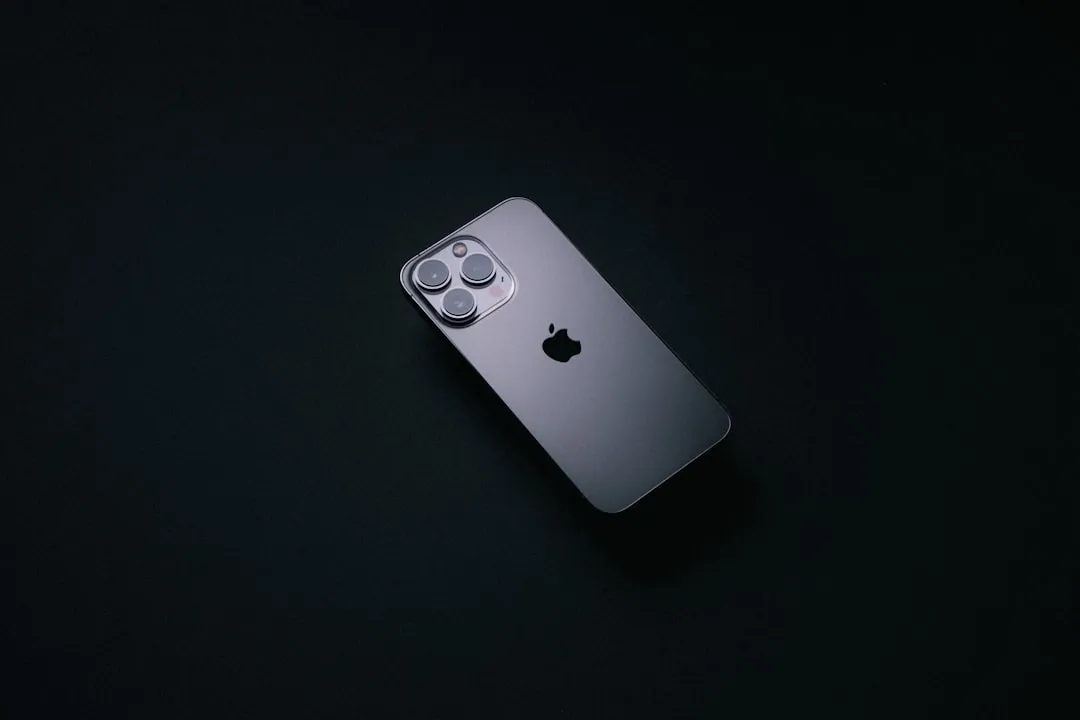
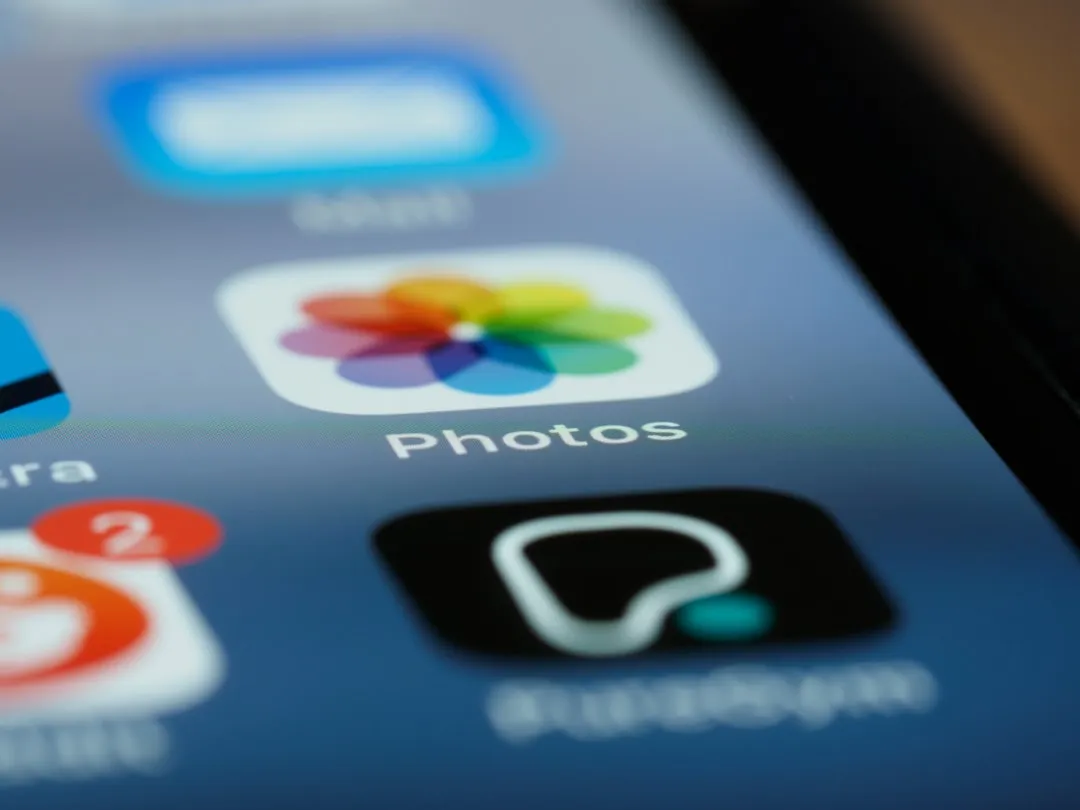
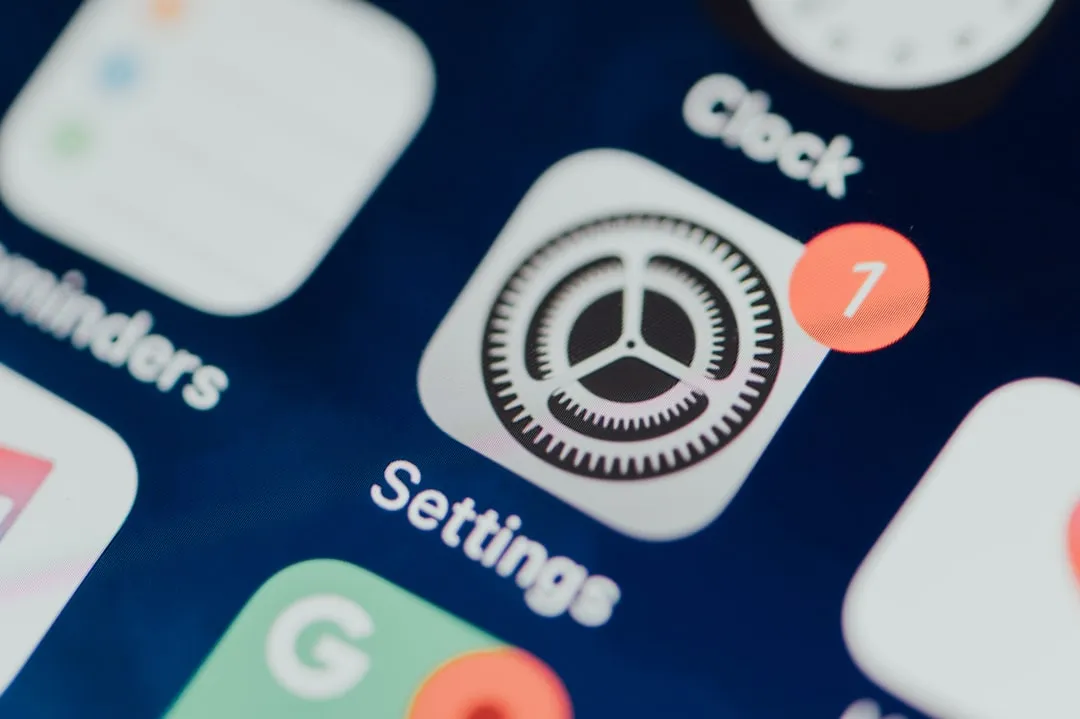
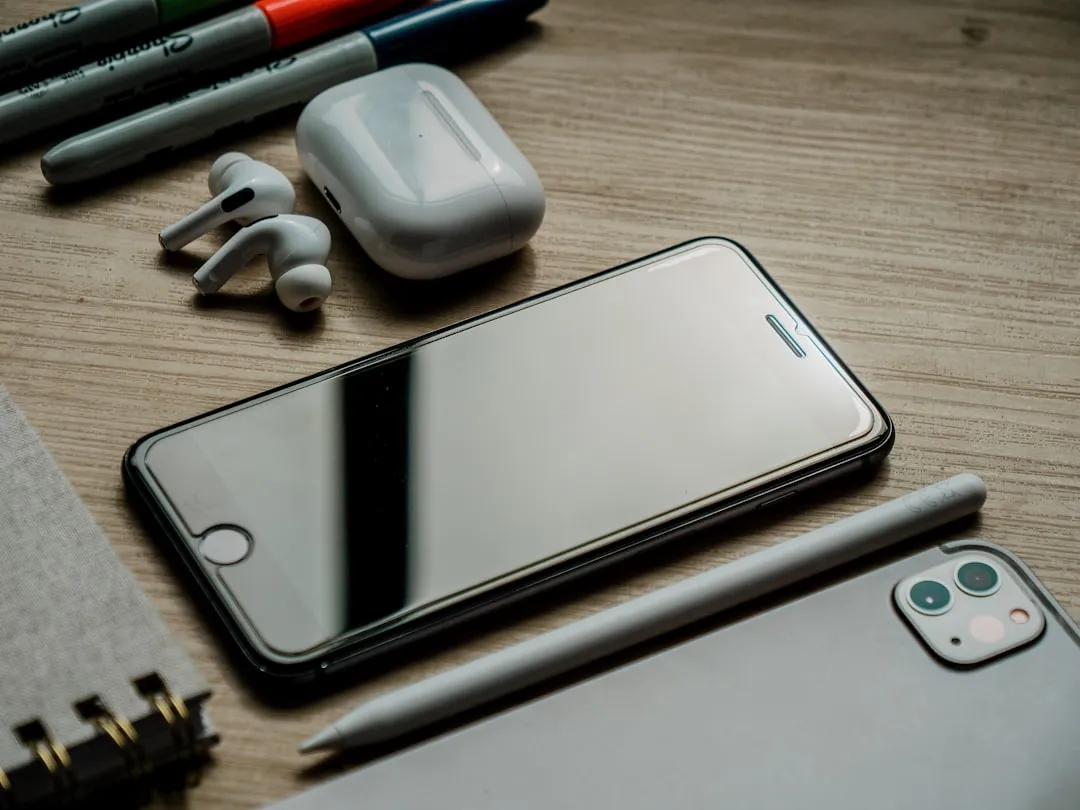

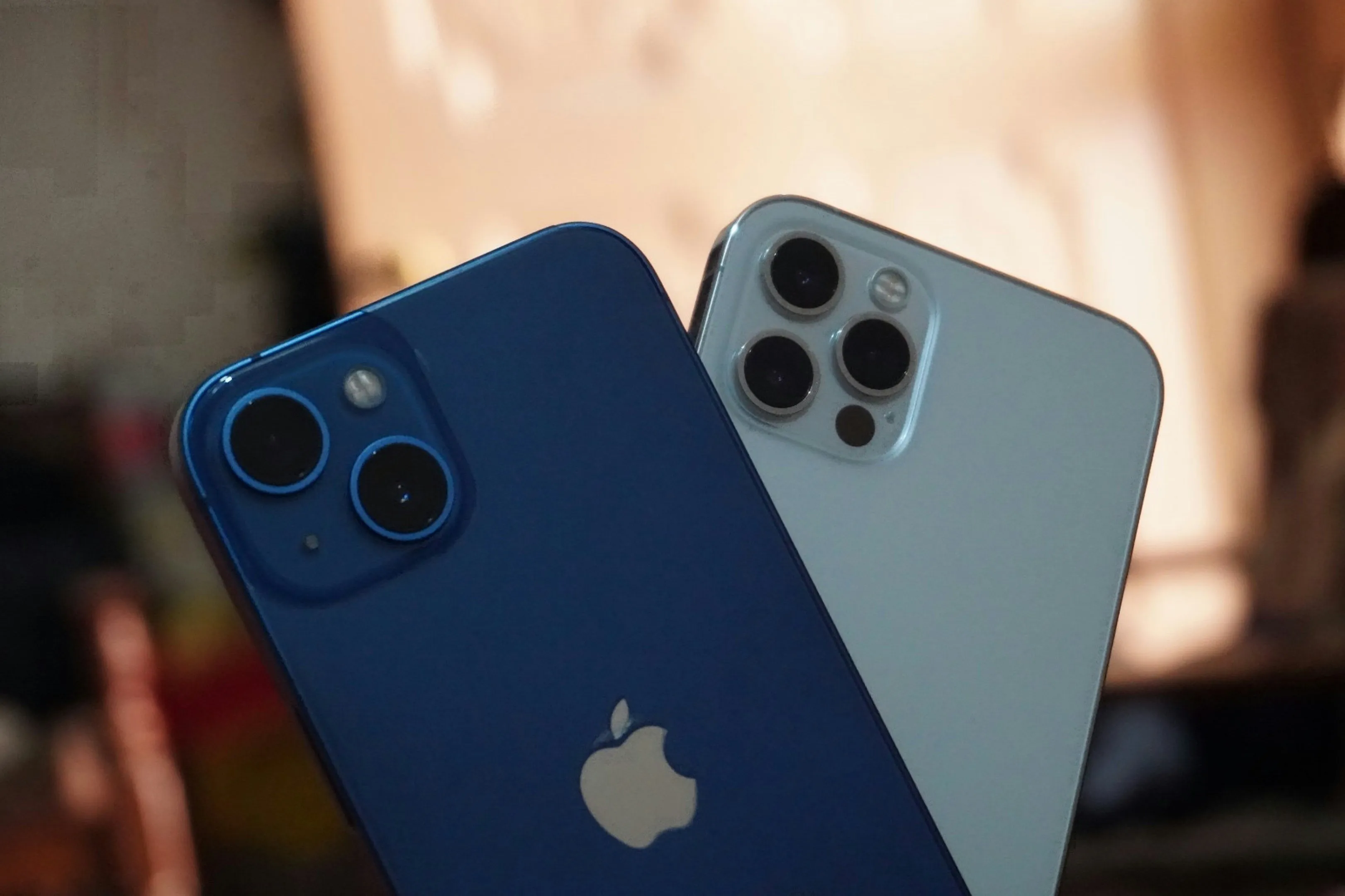

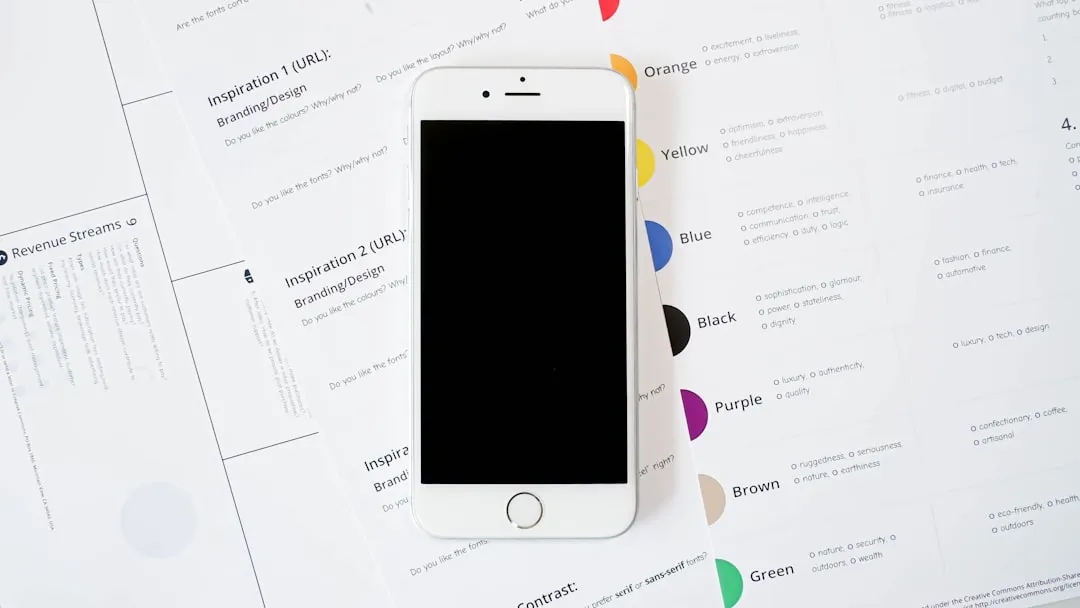
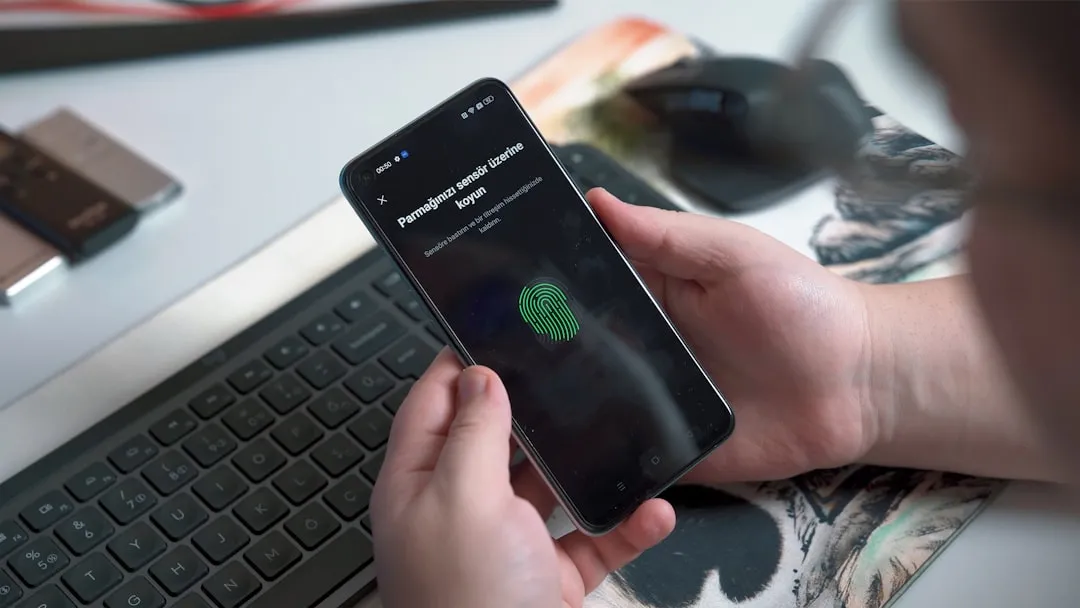
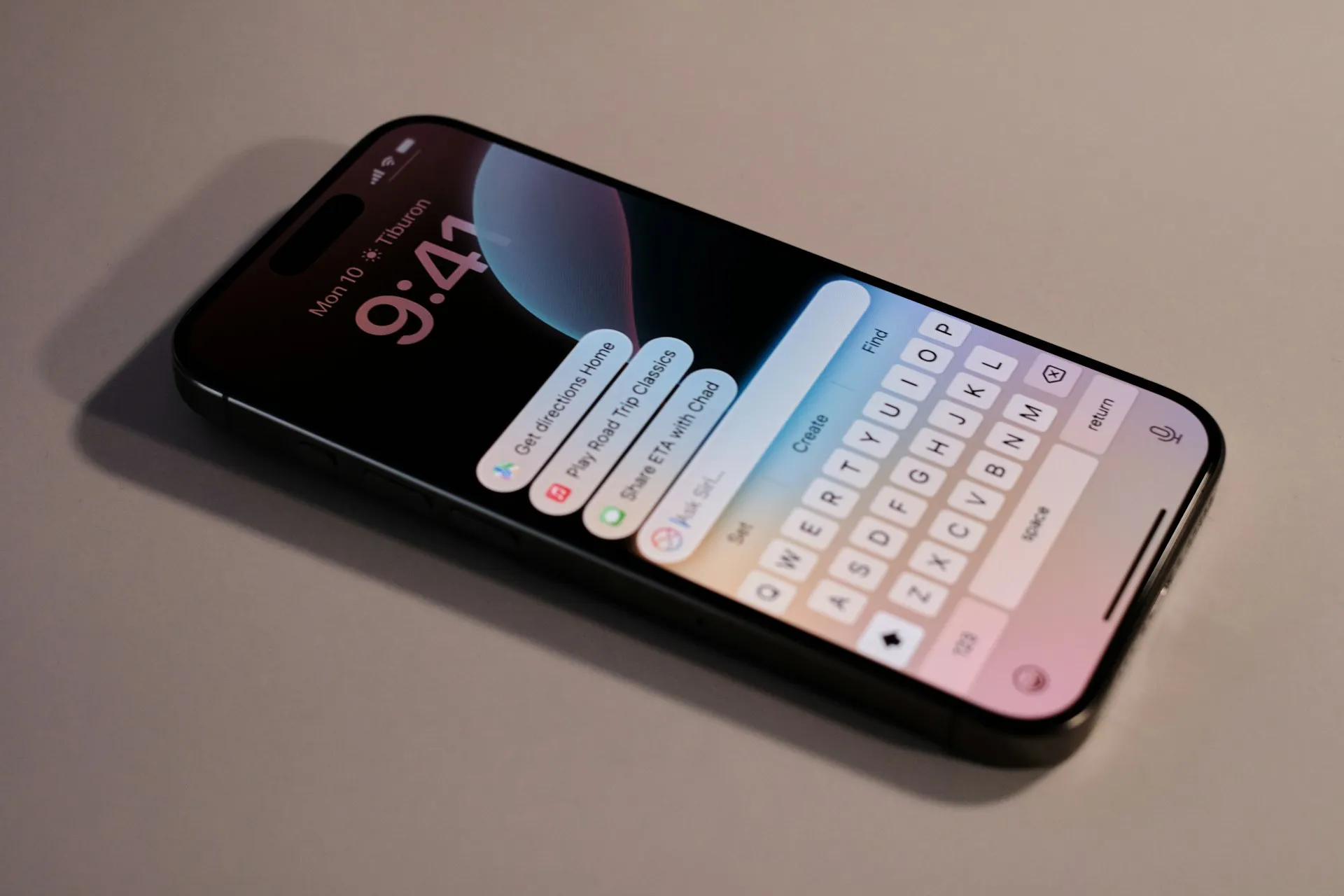

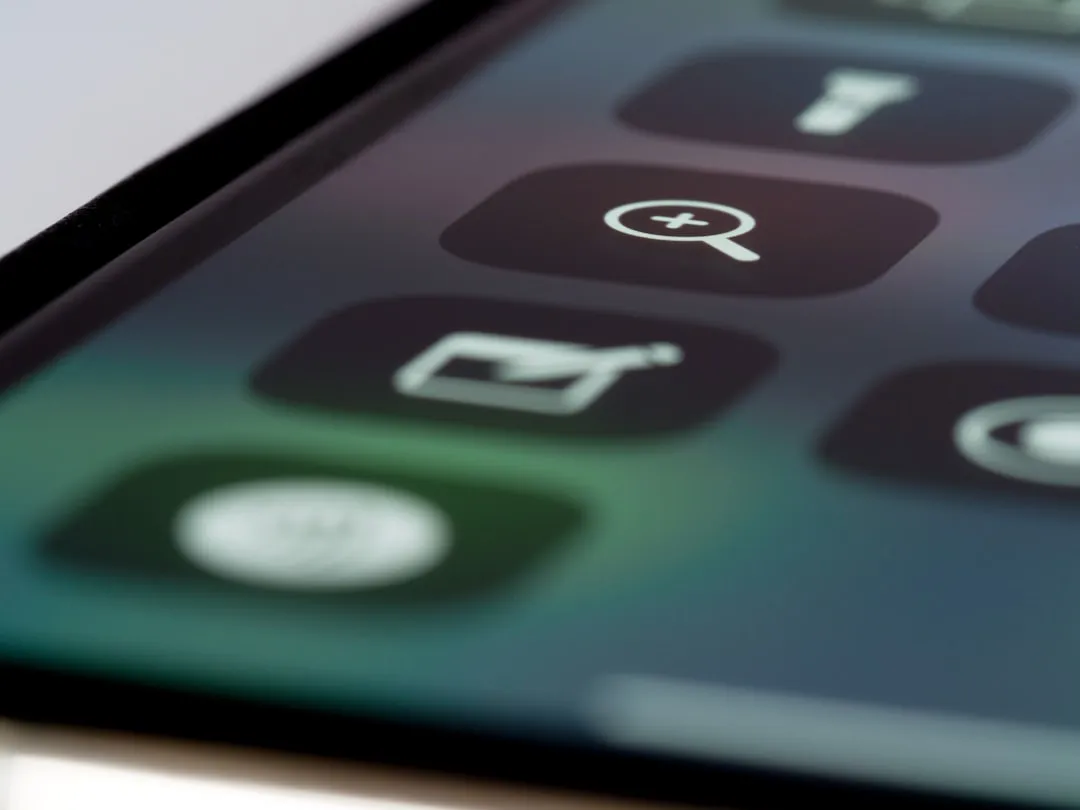
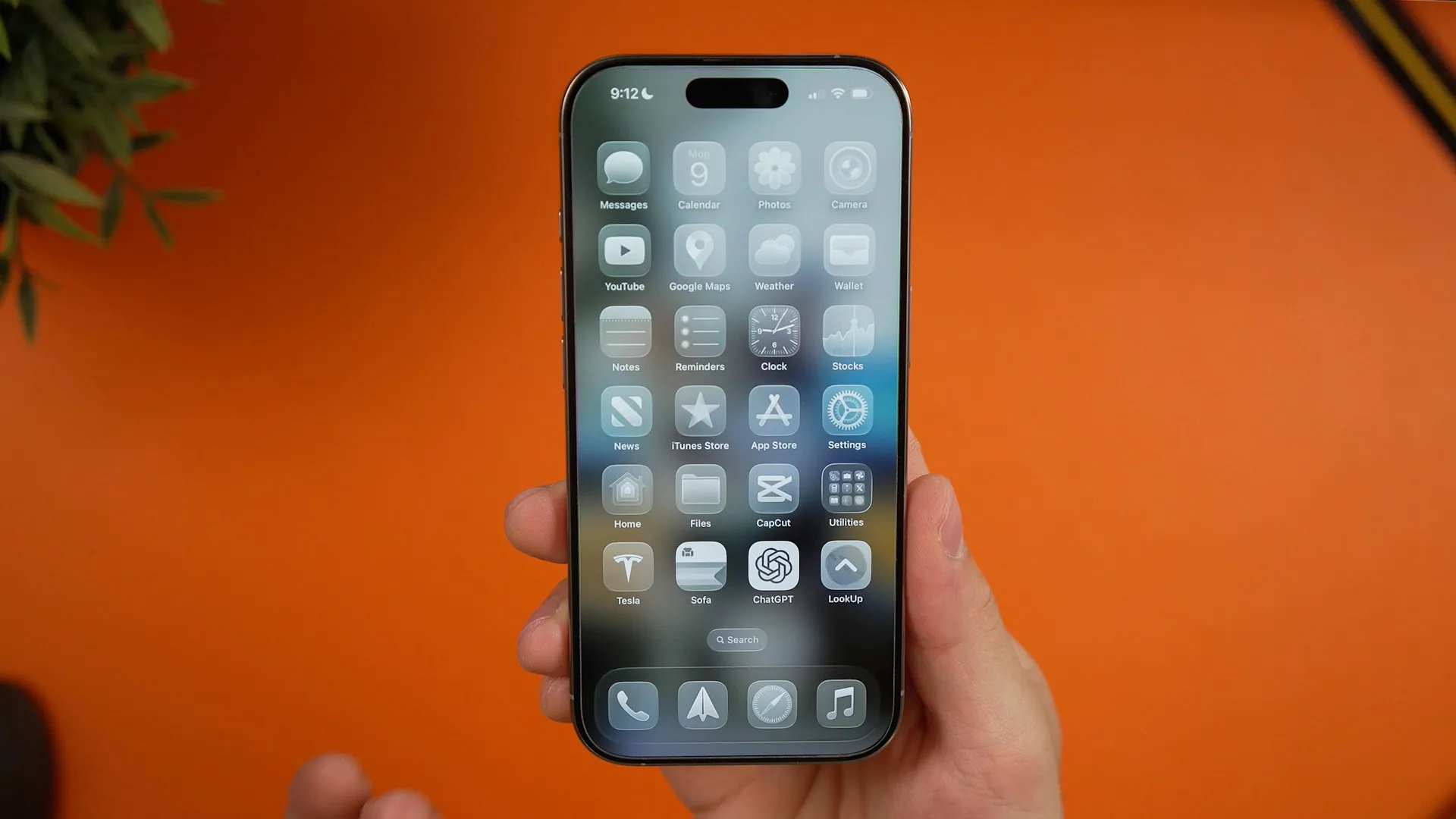
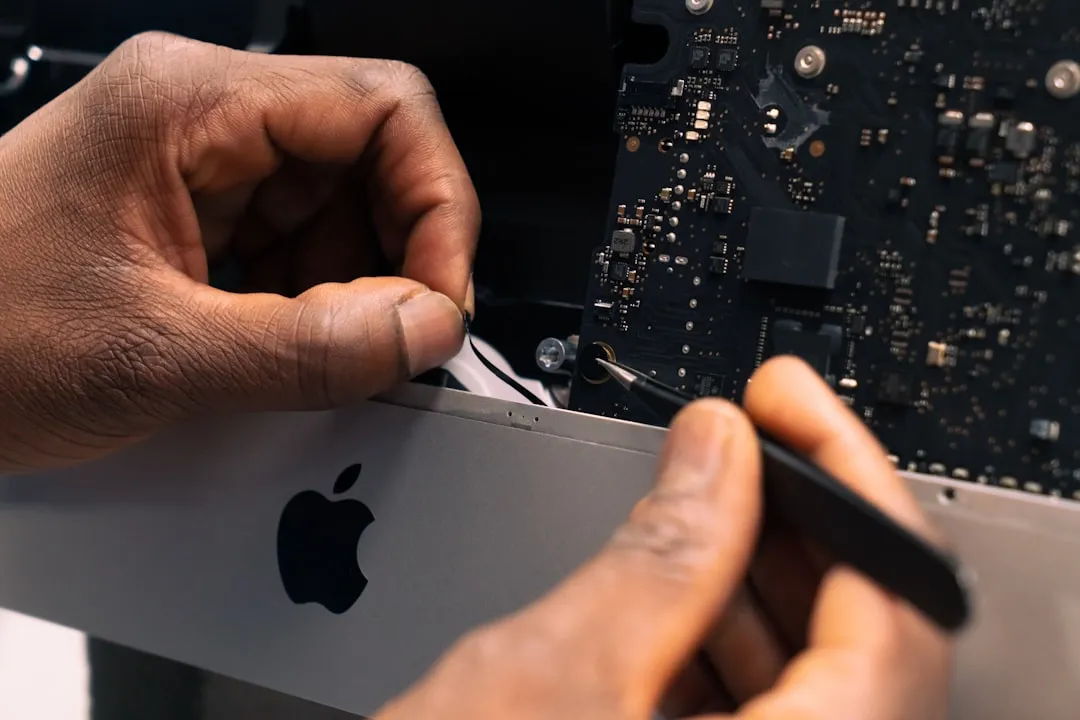
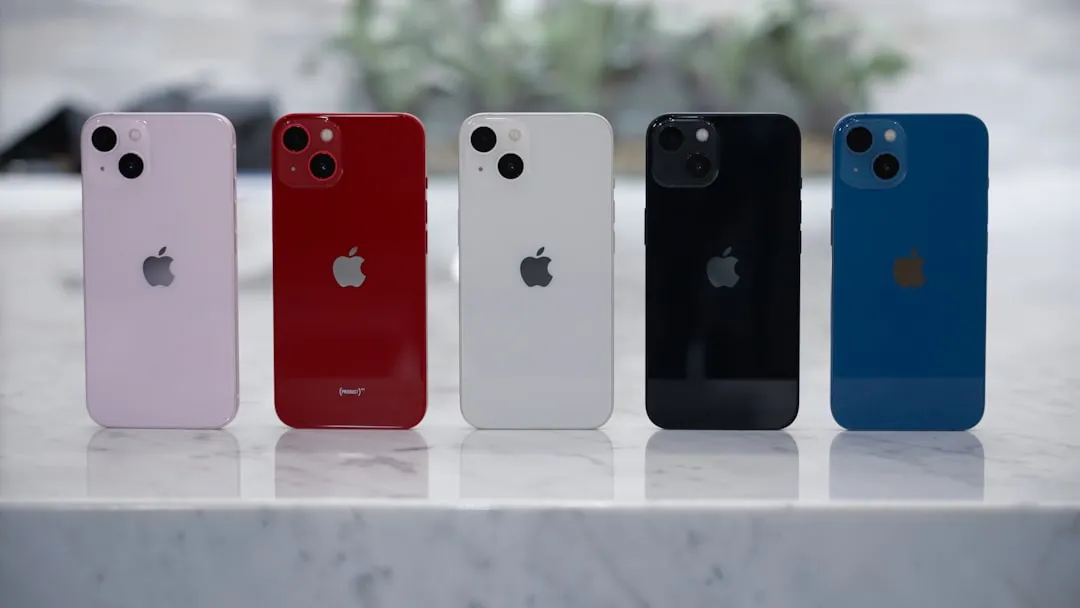
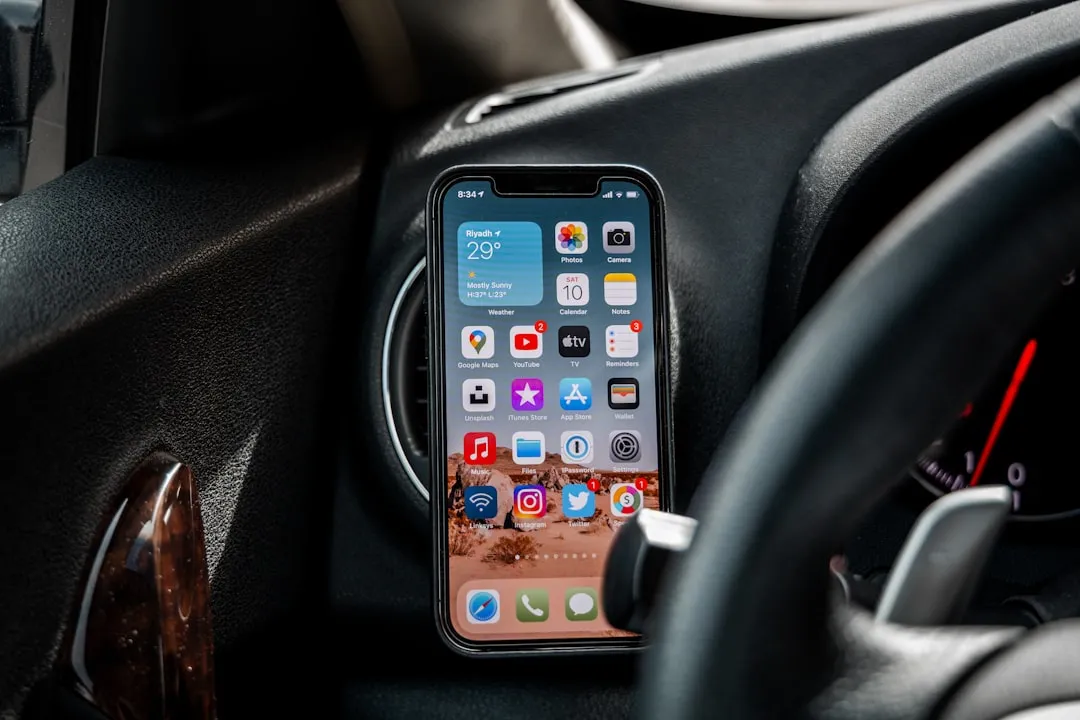


Comments
Be the first, drop a comment!